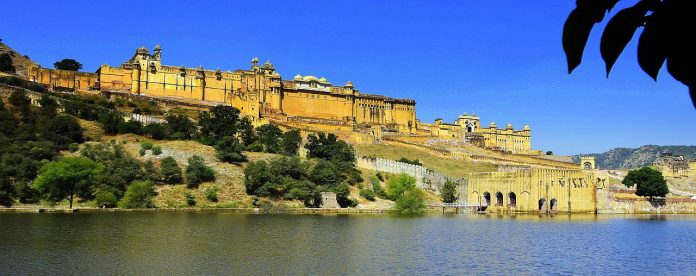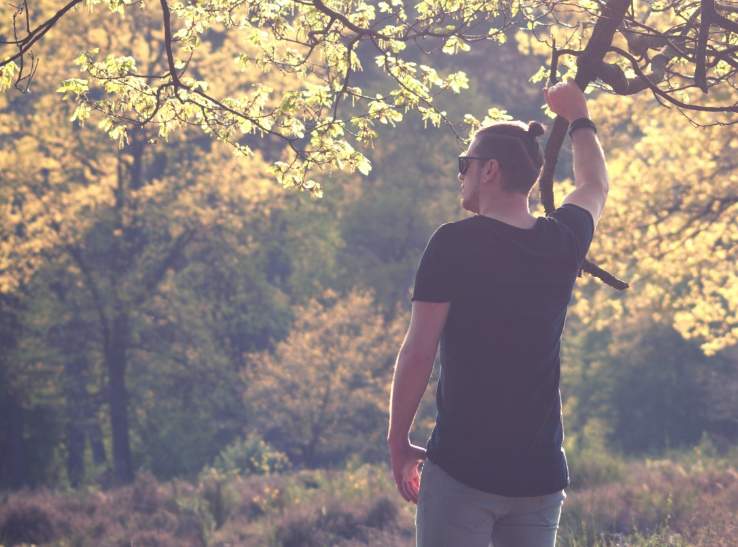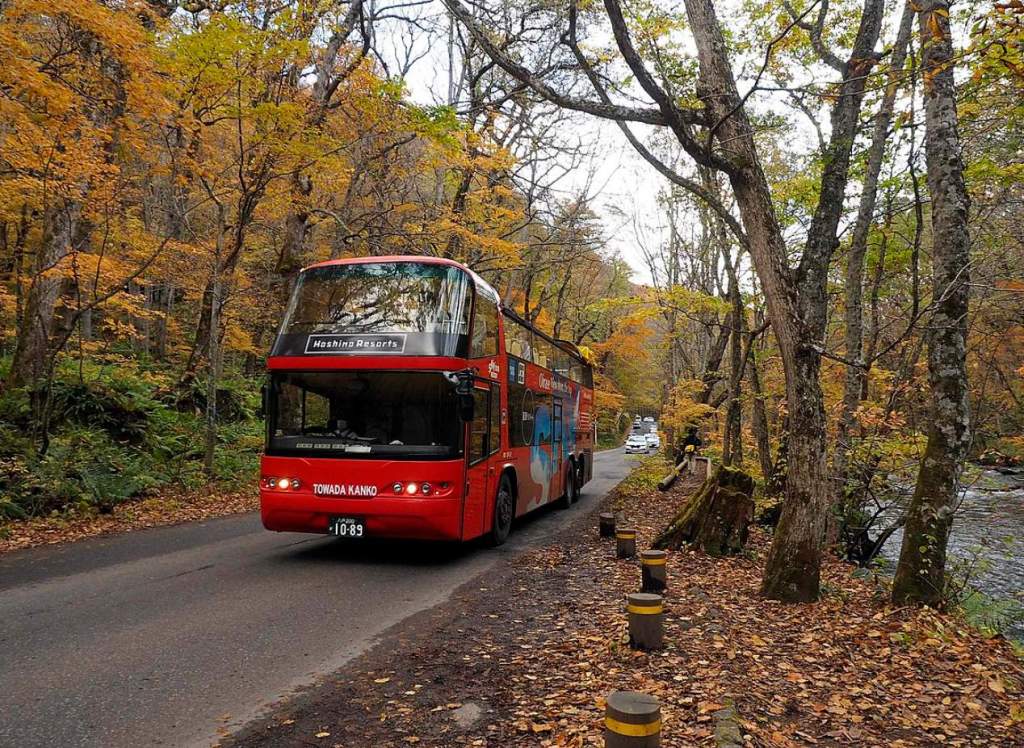JAIPUR, DUBBED THE “PINK CITY” because of its rose-colored homes and palaces, is the metropolis of the Indian state of Rajasthan. It flourished during the 18th and 19th centuries under a series of maharajas who avidly championed the arts, architecture, and science.
Several landmark structures like the Hawa Mahal (“Palace of winds”), City Palace, and Nahargarh Fort are a marvelous fusion of traditional Hindu Rajput, Islamic Mughal, and British colonial design. Expressions of Rajasthan’s diverse heritage, offer a striking, over-the-top contrast to the silky Taj Mahal and other purely Mughal buildings.

India’s first planned city, Jaipur was founded in 1727 when Maharaja Jai Singh II moved his royal court from the hilltop Amber Fort to a flatter space (with better water resources) that could speed up his plan to begin a larger and much more splendid capital. An enduring devotee of architecture, Jai Singh laid out the city with Brahman scholar Vidyadhar Bhattacharya, who consulted ancient texts by Euclid and Ptolemy as well as Hindu writings and astronomical charts.
The nine huge blocks and wide avenues of Jai Singh’s capital continue to form the heart of modern Jaipur. In adding together to palaces, Jai Singh made sure his capital was equipped with a royal observatory called the Jantar Mantar. In fact more than an astronomical garden, the multifaceted features more than a dozen outdoor structures used for observing and measuring outer space, including the world’s largest sundial.

Even more wondrous is the five-story Hawa Mahal, an impressive hive of 953 elaborately decorated jharokhas (enclosed stone balconies) used by the women of the royal court to surreptitiously observe the goings-on in the streets below? Jaipur’s sobriquet “Pink City” dates from the 1870s, when Maharaja Ram Singh mandated that all structures in the city center be painted with a salmon-pink hue called gerua to honor the visiting Prince of Wales, Queen Victoria’s son and the future King Edward VII.
It was during a similar visit that the foundation stone was laid for the Albert Hall Museum, which nowadays houses a lot of the artistic resources of Rajasthan. Rather than an overgrown museum piece, Jaipur is a dynamic living city filled with the exotic sounds, smells, and substance of modern India. South of the royal palace complex, the Johari Bazaar flaunts the best of local craftsmanship—jewelry and saris, carpets and camel-leather shoes and bags, miniature paintings, embroidered pillows, blue pottery, and silverwork.

The bazaar (market) also tenders tea stalls, juices stand, sweetshops, snake charmers, and even the occasional elephant. Jaipur offers an abundance of hotel options, including former maharaja residences like the Rambagh Palace and Royal Heritage Haveli, and the atmospheric Pearl Palace Heritage.
The Tourist Composite Ticket allows entrance to the city’s seven major historical sites. Jaipur is a 95-to 110-minute plane flight from Mumbai and a nearly five-hour train ride from New Delhi via the Shatabdi Express. The city center is compact and trouble-free to walk; outlying landmarks like Amber Fort are best reached by taxi or hotel car.








